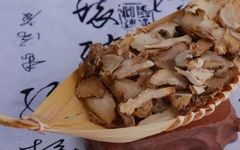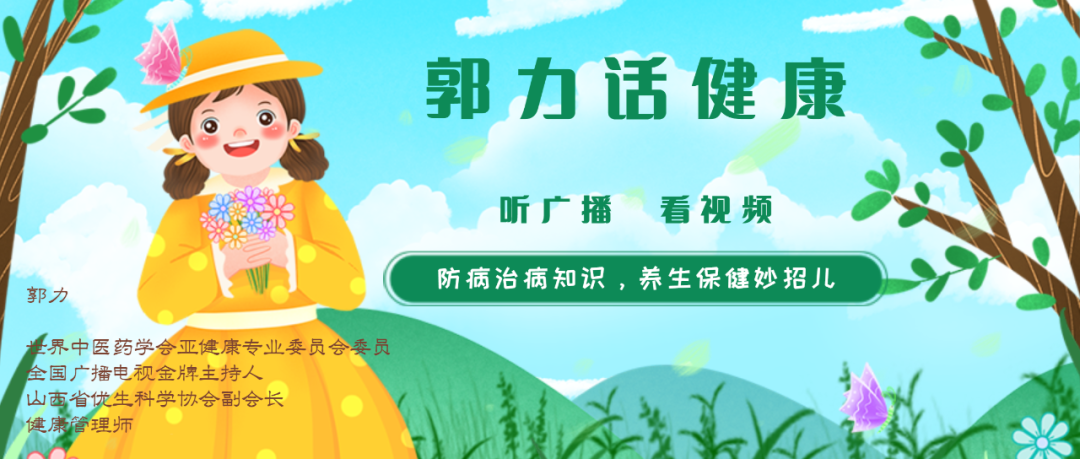
Long press the QR code on the right to interact with Guo Li
Health and wellness tips are at your fingertips
Guo Li’s Introduction: Aconite (Fu Zi), first recorded in the “Shennong Bencao Jing” (Shennong’s Classic of Materia Medica), is named for its growth attached to the Aconitum (mother root). Therefore, it is generally believed that Aconitum is the mother root, and Aconite is the child root. Aconite has the properties of reviving yang, supplementing fire to assist yang, dispersing cold, and eliminating dampness. It is used to treat conditions such as excess yin with yang deficiency, profuse sweating leading to yang collapse, vomiting, cold pain in the heart and abdomen, cold diarrhea, edema in children, wind-cold-damp bi syndrome, spasms, impotence, cold in the uterus, sores, and all diseases caused by deep cold and chronic cold. Join host Guo Li to learn about the effects and proper usage of Aconite!
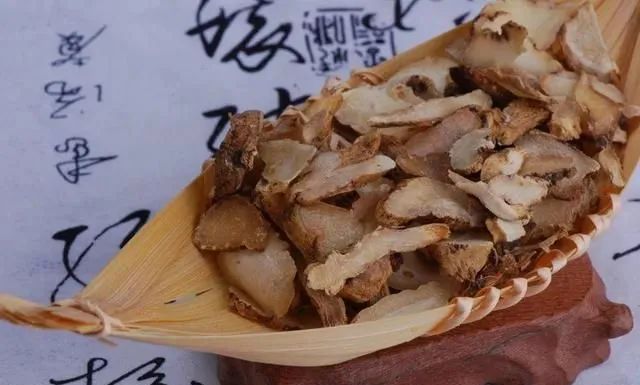
01
Effects and Functions of Aconite
1. Tonifying Yang Qi
For individuals with kidney yang deficiency and cold intolerance, Aconite can be taken to improve the condition. Due to its spicy and warming nature, Aconite can circulate through the body’s meridians, especially tonifying kidney yang, with effects of supplementing fire to assist yang and expelling wind-cold-damp pathogens.
2. Improving Blood Circulation
Aconite has beneficial effects on blood pressure and blood vessels, capable of dilating blood vessels and increasing blood flow. Its impact on blood pressure can vary according to individual constitution.
3. Dispelling Cold and Alleviating Pain
Individuals suffering from arthritis or generalized joint pain often have a strong aversion to cold. The warming properties of Aconite can dispel cold and dampness, providing significant relief for those with rheumatic pain. Aconite can be combined with Gui Zhi (Cinnamon Twig) for enhanced effects.
4. Anti-Arrhythmic Effects
Aconite can enhance myocardial contractility, accelerate heart rate, increase cardiac output, and oxygen consumption of the myocardium, showing significant anti-bradyarrhythmic effects.
5. Anti-Inflammatory Properties
Drinking Aconite decoction has a notable inhibitory effect on acute inflammatory models. For symptoms such as spleen yang deficiency, cold pain in the abdomen, and loose stools, Aconite can be combined with herbs that tonify qi and warm the spleen, such as Dang Shen (Codonopsis), Bai Zhu (White Atractylodes), Gan Jiang (Dried Ginger), and Zhi Gan Cao (Honey-Fried Licorice).
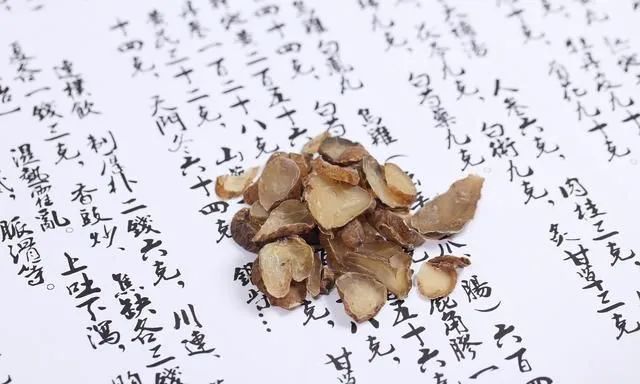
02
Proper Ways to Consume Aconite
1. Classical Formula: Si Ni Tang (Four Reversal Decoction): 1 piece of raw Aconite, 1.5 taels of dried ginger, 2 taels of honey-fried licorice.
2. Formula for Rescuing the Heart: 30~100~200 grams of Aconite, 60 grams of dried ginger, 60 grams of licorice, 10~30 grams of Korean ginseng, 60~120 grams of Shan Yao (Chinese Yam), 30 grams each of raw dragon bone and oyster shell powder, 30 grams of magnetite powder, and 0.3-0.5 grams of musk.
3. Aconite Porridge: 10 grams of processed Aconite, 15 grams of roasted ginger, 100 grams of japonica rice. Grind the two herbs into a fine powder, using 5 grams each time, and cook with japonica rice and water to make porridge. Alternatively, the two herbs can be halved, decocted for juice, and then added to the rice for porridge.
Originating from “Sheng Hui Fang” (Sacred Prescriptions), this formula uses Aconite to warm the interior and disperse cold, alleviating pain, while roasted ginger warms the middle and disperses cold, stopping diarrhea. It is used for internal cold abdominal pain and diarrhea with loose stools.
Aconite Porridge
4. Aconite and Coix Porridge: 10 grams of processed Aconite, 30 grams of coix seed, 100 grams of japonica rice. Decoction of Aconite for juice, then add coix seed and japonica rice, cooking until the porridge is done. Divide into two servings.
This formula uses Aconite to disperse cold and alleviate pain, while coix seed eliminates dampness and relaxes the muscles. It is used for wind-cold-damp bi syndrome, joint pain, and limb spasms.
5. Aconite Stewed Lamb: 250 grams of fresh lamb, 10 grams of processed Aconite. First, wash the lamb and cut it into pieces, then place it in a clay pot with water, bringing it to a boil over high heat, then simmering for 1.5 to 2 hours. Remove the herb residue and consume the soup and meat in portions. This dish has the effects of warming the meridians, dispersing cold, expelling wind, and nourishing qi and blood. It is suitable for rheumatic joint pain.
6. Aconite Wine: 30 grams of Aconite, 500 grams of white liquor. First, crush the Aconite and place it in a container, add the liquor, seal it, and let it steep for a week before drinking. This product has the effects of warming the meridians, dispersing cold, and alleviating pain. It is suitable for cold limbs, profuse cold sweat, pale complexion, vomiting, cold diarrhea, aversion to cold, and cold pain in the abdomen.
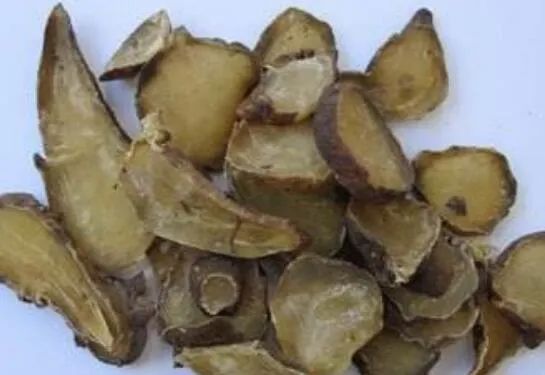
Guo Li’s Warm Reminder: Search and follow Guo Li’s video account “glxjk”; Guo Li’s WeChat account “Guo Li Talks Health” for a healthy and happy day! Share with friends and family for health together.


